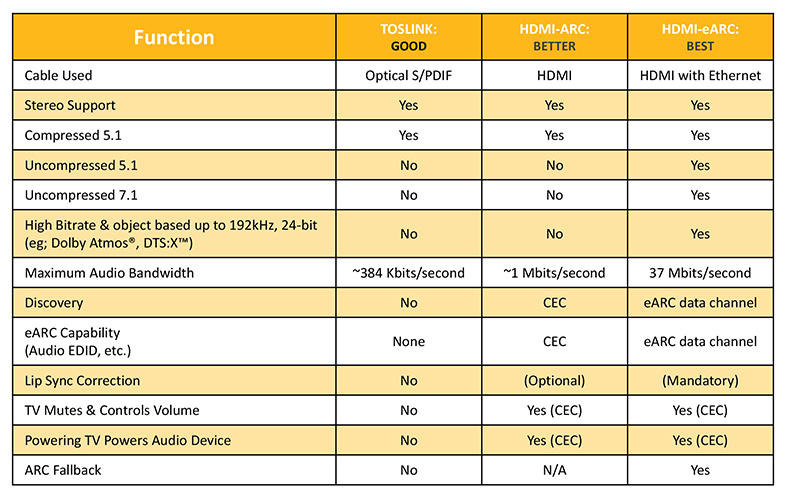I have been using a Playbar for years. The optical port is now broken so I’m looking for a replacement.
My LG C1 has an HDMI eARC port so I have been looking at the Beam or Arc.
Conceptually I don’t understand how eARC works.
So if the eARC port is HDMI 2 then I run an HDMI cable from 2 to the soundbar and that HDMI port is now solely used for audio?
Luckily on this setup I have a free HDMI port so it’s not a big deal but paring down 4 ports to 3 to use one for audio might be problematic in other setups without a receiver.
Do I have that right? Sorry for the newb questions! Thanks



